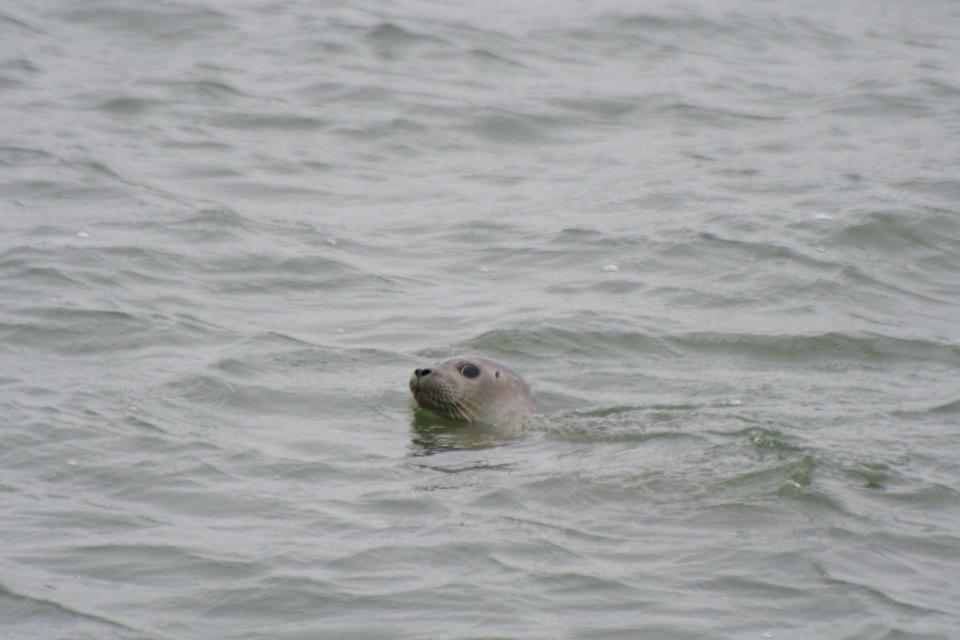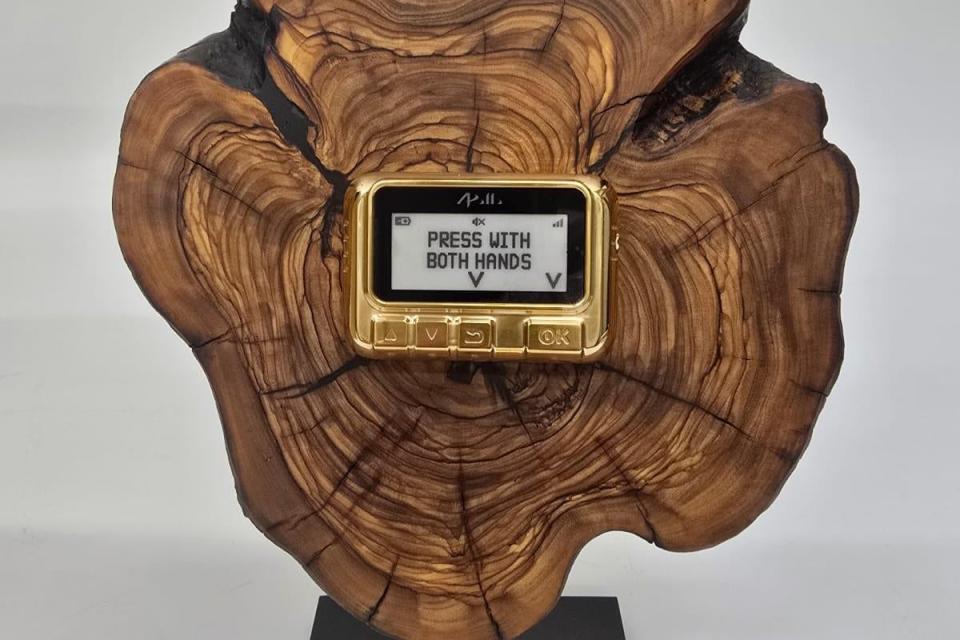I think it’s fair to say the Delaware beaches are in my blood.
My dad was a Rehoboth Beach lifeguard. My grandfather was a charter boat captain out of the Indian River Inlet. My siblings and I used to catch crabs using the old chicken-on-a-string method, and my great-grandfather used to pick them for me to eat. My first job, at 14, was at the Fenwick Island State Park concession stand.
I grew up in Sussex and have lived here nearly all my life, spending countless days and nights enjoying – and taking for granted – the sun and surf of Delaware’s ocean and bay beaches.
The Delaware beaches have always been a backdrop in my life, but it wasn’t until I got older that I began to see them as the extremely special places they are. Writing about them gives me a great sense of purpose, and nowadays, I find great joy in simply walking on the beach and discovering a piece of sea glass, a rare shorebird or a sea walnut.

A harbor seal off The Point at Cape Henlopen State Park in March 2024.
I spend a lot of my free time beachcombing, which has only deepened my appreciation for and desire to protect the area. I am continuously amazed at the things you can find on the beach or in the water or air nearby. Here are a few of my recent favorite finds and sightings.
Seals
It’s seal season at the Delaware beaches, and though not everyone gets lucky enough to see one resting on the beach, they’re fairly easy to see in the water or on the breakwaters off Lewes with binoculars.
Regardless of where the seal is, remember, federal law requires you to keep a 150-foot distance.
Seals: Spot a seal at the Delaware beaches? Why you should keep your distance
Cape Water Tours and Taxi offers seal-watching tours most winter weekends, when you may see grey, harbor and occasionally harp seals resting on the haystacks or the low rocks of the breakwaters.
There’s a fair amount of chance involved in seeing a seal from the beach, but I’ve had the most luck at Cape Henlopen State Park, using binoculars. That lump out there you think is a duck? At this time of year, there’s a good chance it’s a seal.
Whelk shells
Whelk shells are the north’s answer to conch shells. Finding one feels like finding a hidden treasure.

A live whelk found in Lewes in 2024.
In Delaware waters, you’ll find three species: knobbed, channeled and lightning. Lightning whelk are the rarest, in my experience.
There are a lot more whelk at the Delaware beaches than you might think. I’ve had the best luck finding them on muddy bay beaches at low tide.
For me, the experience of finding a live whelk is far more valuable than finding a shell to take home. If there’s a snail living inside, leave it. Even if it’s empty, whelks and other sea creature, like barnacles and slipper snails, need the habitat.
Wildlife: With bird flu in Delaware, is it safe to fill bird feeders? What to know
Coral
Many people don’t know (including myself until recent years) how common it is for coral to wash up on the Delaware beaches.
Northern star coral is abundant on the East Coast, but it isn’t like most coral you might’ve read about or seen on TV. It’s non-reef building, stony and white or yellowish. It lives on hard surfaces like rocks, and when it breaks off, it can be found on the beach.

Northern star coral.
Star coral can be hard to spot on the Delaware beaches because it washes up in small chunks, usually coin size, but sometimes in pieces as big as tennis balls. Again, I’ve had more luck finding star coral on bay beaches rather than ocean.
A few months ago, I found a piece of brain coral at The Point at Cape Henlopen State Park. Brain coral species are not found in the Mid-Atlantic, so it must have broken off and floated a long way. A thrilling discovery!
I’ve had some other atypical finds recently, of species that are not usually seen in this area. During recent freezing temperatures, I’ve found a northern seahorse, the head of a lobster, several juvenile “glass” American eels and a sea urchin, all washed up on the beach.
If you thought winter was a bad time to walk on the beach, take my word for it – it’s the best time. Dress warmly and get out there. Find something interesting? I’d love to hear about it at smcnaught@gannett.com.
Next time you’re looking for news and information about the Delaware beaches, consider my coverage. I write about beach matters year-round, and in the summer, I write a weekly guide.
Here’s some of my most recent work.
Shannon Marvel McNaught reports on southern Delaware and beyond. Reach her at smcnaught@gannett.com or on Twitter @MarvelMcNaught.
This article originally appeared on Delaware News Journal: Reporter Shannon Marvel McNaught’s favorite activity is beachcombing
#newsroom #Shannon #Marvel #McNaught #Delaware #beaches






Leave a Reply